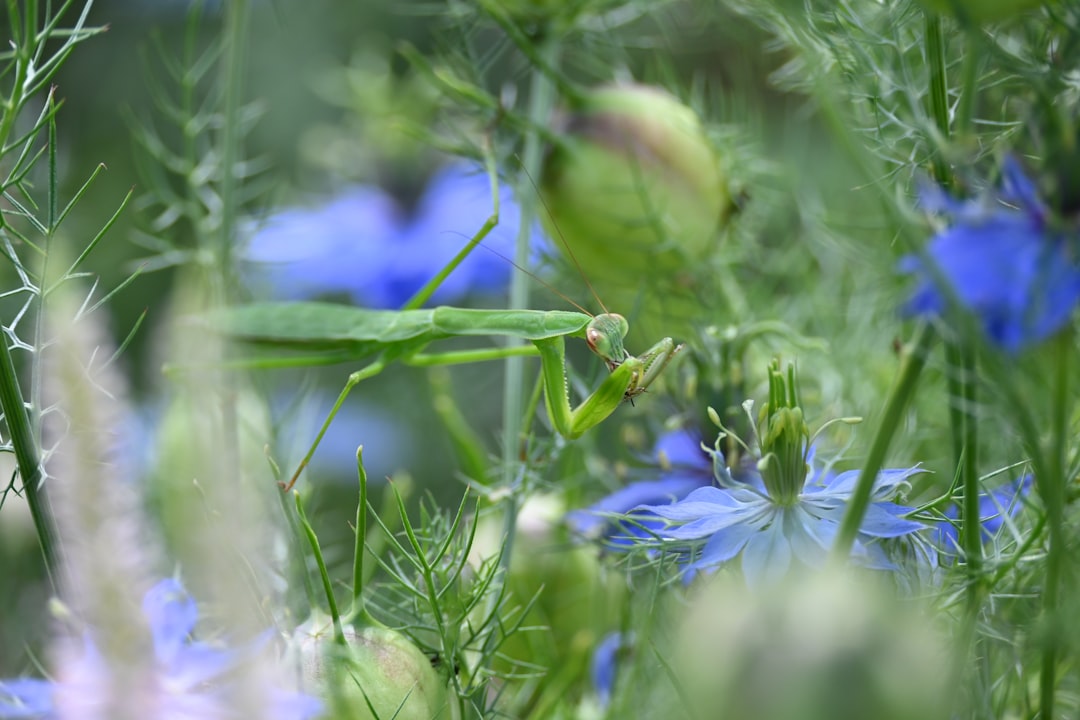Edible gardening has become a popular and rewarding activity, and growing citrus trees is a delightful addition to any garden. These trees not only offer beautiful foliage but also produce delicious, juicy fruits. However, to ensure their healthy growth and maximum fruit production, proper fertilization is crucial. In this article, we will explore the best times and methods to fertilize citrus trees, along with tips on choosing the right fertilizer and application techniques.
The first step in fertilizing citrus trees is understanding their nutritional needs. Citrus trees require a balanced supply of nitrogen, phosphorus, and potassium, along with other essential micronutrients such as magnesium, zinc, and iron. Nitrogen is particularly important for promoting leafy growth, while phosphorus is essential for root development and flower formation. Potassium helps improve fruit quality and disease resistance.
When it comes to the best times to fertilize citrus trees, it's important to consider their growth cycle. In general, citrus trees should be fertilized three times a year: in early spring, late spring, and early fall. In early spring, just before new growth begins, a slow - release fertilizer high in nitrogen can be applied. This will provide the tree with the nutrients it needs to kick - start the growing season. Late spring is a good time to apply a fertilizer with a more balanced ratio of nitrogen, phosphorus, and potassium. This will support both vegetative growth and fruit development. In early fall, a fertilizer lower in nitrogen and higher in potassium can be used to help the tree prepare for winter and improve fruit quality.
Choosing the right fertilizer is also essential. There are many different types of fertilizers available on the market, including organic and synthetic options. Organic fertilizers, such as compost, manure, and bone meal, are a great choice for those who prefer a more natural approach. They release nutrients slowly over time, improving soil structure and fertility. Synthetic fertilizers, on the other hand, are more concentrated and provide a quick boost of nutrients. They are often formulated to meet the specific needs of citrus trees.
When applying fertilizer to citrus trees, it's important to follow the correct techniques. First, make sure to spread the fertilizer evenly around the drip line of the tree, which is the area directly below the outer edge of the tree's branches. Avoid applying fertilizer too close to the trunk, as this can cause root burn. After spreading the fertilizer, lightly rake it into the soil and water thoroughly. This will help the nutrients penetrate the soil and reach the tree's roots.
Another important tip is to adjust the amount of fertilizer based on the age and size of the tree. Young citrus trees require less fertilizer than mature trees. As a general rule, apply about 1/4 to 1/2 pound of fertilizer per year of the tree's age, up to a maximum of 3 pounds per tree. For mature trees, the amount of fertilizer can be increased based on the tree's size and the amount of fruit it produces.
In addition to regular fertilization, it's also important to monitor the health of your citrus trees. Look for signs of nutrient deficiencies, such as yellowing leaves, stunted growth, or poor fruit quality. If you notice any of these symptoms, it may be necessary to adjust your fertilization program or apply a specific micronutrient fertilizer.
Finally, remember that proper fertilization is just one part of caring for citrus trees. They also require adequate sunlight, water, and pruning. By providing your citrus trees with the right nutrients at the right times, you can ensure their healthy growth and enjoy a bountiful harvest of delicious fruits for years to come.

